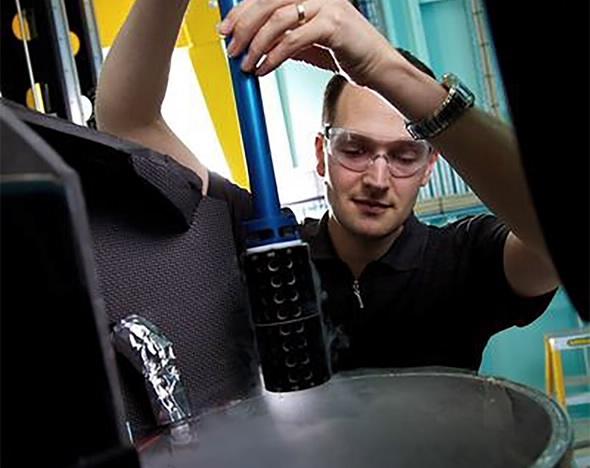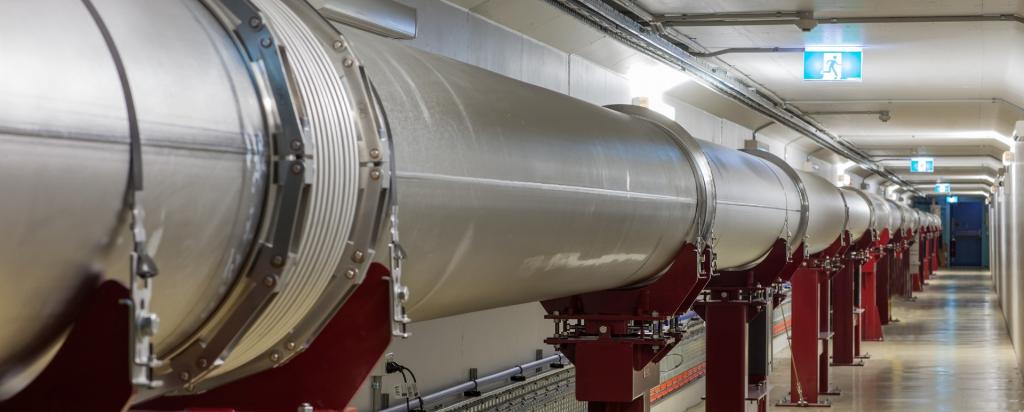

Published on the 27th May 2015 by ANSTO Staff
The Australian Synchrotron’s crystallography beamlines are crucial for growing Australia’s capacity for innovative drug development.
New developments at the Australian Synchrotron have brought health into sharper focus, Laura Boness reports.
The Australian Synchrotron was built with the goal of being a catalyst for the best scientific research and innovation in Australasia.
In a few years, the focus has shifted from the potential of this powerful instrument – with a light source a million times brighter than the Sun – to its track record of success, says Synchrotron director Professor Andrew Peele. “We now have a great story about what’s being done.”

Operated by ANSTO, the Australian Synchrotron accelerates electrons to almost the speed of light and channels these down beamlines for specific research purposes.
Both medical companies and researchers benefit from the Synchrotron as they work through the phases of discovery, validation of results, clinical trials and approval for generic drug production.
It recently played a crucial role in the discovery of a new drug treatment for chronic lymphocytic leukaemia.
Melbourne based medical research centre, the Walter and Eliza Hall Institute of Medical Research, used the Synchrotron’s crystallography beamline to investigate a family of protein molecules. The research led to a collaboration with pharmaceutical companies Roche and AbbVie on developing a new drug treatment.
The drug has now progressed to Phase III clinical trials to determine its effectiveness and evaluate it against other treatments.
The flagship beamline of the Australian Synchrotron is the Imaging and Medical Beamline (IMBL), the widest synchrotron light beam in the world. Its size means it can bridge the gap between smaller structures and large organisms. IMBL provides dynamic 3D X-ray imaging at a high resolution, revealing ‘live’ microscopic differences at the interface of air, tissues and bones for real world subjects.
For example, researchers can use the beamline to measure in real time how different treatments for cystic fibrosis are affecting soft tissue like the airways and lungs.
“We’re really good at understanding things at the atomic scale,” Peele explains.
“The IMBL allows us to translate that knowledge and see what effect it’s having at larger scales.”
This translation of the microscopic world into the macroscopic has considerable implications for the future of medicine. For example, researchers can use this technology to understand the effects of a treatment, such as a new drug, on the entire body over time, or to look at whether the organs are functioning in the desired way.
The IMBL plays an additional role in cancer treatment through its ability to deliver a high flux of X-rays in a very precise way for radiation therapy.
Peele describes this as “the holy grail of radiotherapy”, as it could eventually enable doctors to deliver doses of radiotherapy to a tumour without seriously affecting the surrounding healthy tissue.
“If you can find ways that don’t set off those reactions in the healthy tissue but still cause the tumour to be damaged, that’s something that is potentially game-changing.”